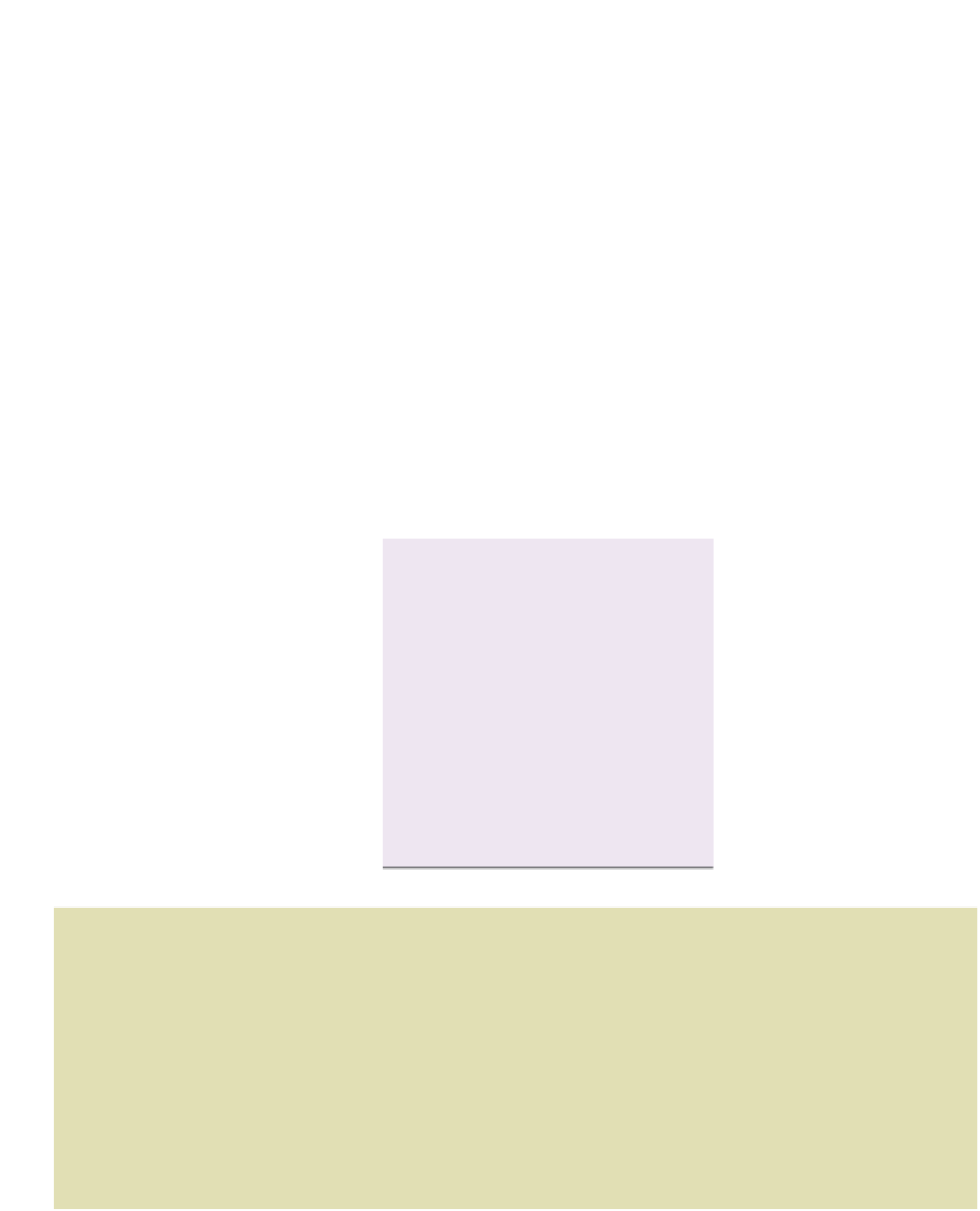Biology Reference
In-Depth Information
(a)
EUROPEAN SPECIES
NORTH AMERICAN SPECIES
Passeridae
Turdidae
Fringillidae
Troglodytidae
Emberizinae
Cardinalinae
Sylviidae
Parulinae
Sturnidae
Sturnidae
Ploceidae
Mimidae
Turdinae
Fringillidae
Sylviinae
Sittidae
Troglodytidae
Corvidae
Paridae
Paridae
Corvidae
Sittidae
-0.15
-0.10-0.05 0
0.05
0.10 0.15
0.20
0.25
-0.2
-0.1
0
0.1
0.2
0.3
0.4
relative hippocampus size
relative hippocampus size
(b)
30
B
28
26
24
22
AK
IA
ME
MN
WA
Fig. 3.9
(a) Two studies of interspecies comparisons of hippocampal size. Within families of birds, storing
species have a larger relative hippocampus. The horizontal axis shows the relative size of the hippocampus for
different families of birds, after correcting for the effects of body size and overall forebrain size (i.e. taking into
account the fact that larger species will have larger brains). The pale blue points are averages for families that
do not store food, whilst the dark blue points are families, or groups of species within families, that do store
food. Storers have a larger relative hippocampus. After Krebs (1990). (b) Intraspecies comparisons: the volume
of the hippocampus, relative to the rest of the forebrain, of black-capped chickadees (
Poecile atricapillus
) from
Alaska (AK) and Iowa (IA) (left panel), and from Maine (ME), Minnesota (MN) and Washington (WA) (right
panel). In the former comparison day length in the winter is shorter in Alaska than in Iowa, although both have
very cold winters. In the latter, day length is similar in all three sites, but Washington has a milder winter climate
than the other two places. The data show that in harsher winters, either as a result of shorter day length or
colder temperatures, the birds have a larger relative hippocampus. After Roth
et al
. (2011).























































































































